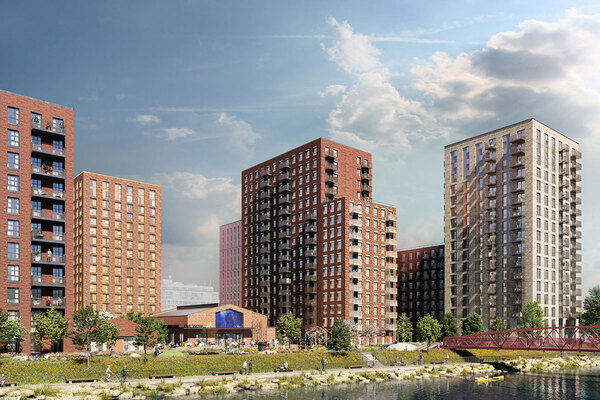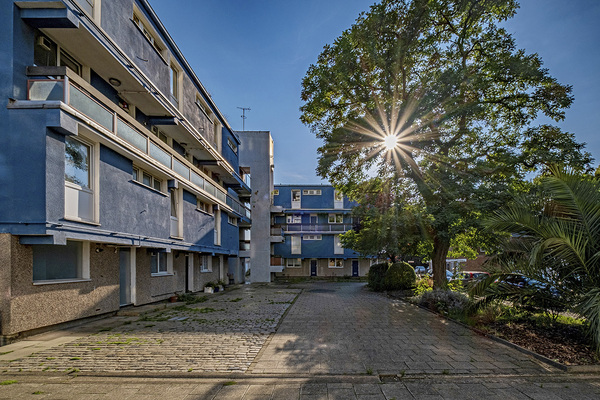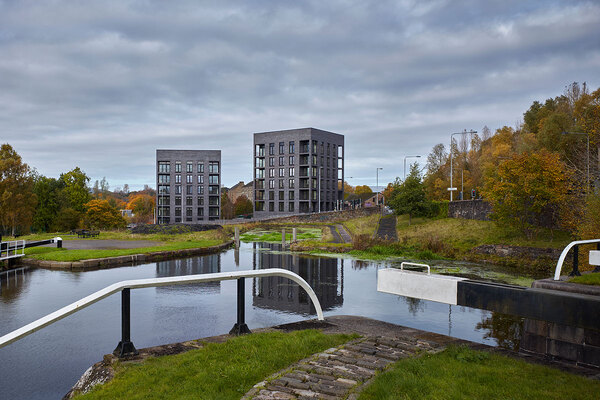You are viewing 1 of your 1 free articles
English Housing Survey: government welcomes homeownership rise but overcrowding hits record levels
Today the government has welcomed English Housing Survey (EHS) figures which show a jump in the proportion of young people owning a home.
A headline report from the mammoth annual survey – which gathers data on housing tenure and stock – said 41.2% of people aged 25 to 34 were owner-occupiers in 2018/19, up from 37.6% in 2017/18.
However, Labour pointed out that the data shows there are 802,000 fewer owner-occupiers under 45 than in 2009/10.
The report also revealed that overcrowding in the social rented sector “remains at the highest rate it has ever been”, with 8% of all tenants living in overcrowded conditions having risen significantly since records began in 1995/96.
Levels of overcrowding increased for all tenures in 2018/19 – with 318,000 affected social rented households, up from 305,000 the previous year and numbers in the private rented sector up 22,000 to 283,000.
Under-occupation in the social rented sector has decreased from 12% to 8% in the past two decades, while falling from 20% to 14% in the private rented sector and rising from 42% to 52% among owner-occupiers.
Housing secretary Robert Jenrick said: “We’re doing everything we can to make the dream of homeownership a reality for more people, and it’s great to see this is happening for more young people who have taken that first step onto the housing ladder.”
“We’re continuing to work to improve standards in the private rented sector, making buying a home more affordable and building homes fit for the future.”
Of the 23.5 million households in England, 64% are owner-occupiers, 19% rent privately and 17% rent from social landlords – these tenure breakdowns have remained largely static since 2013/14.
The average age of first-time buyers in 2018/19 was 33, which is unchanged from 2017/18.
Labour’s shadow housing secretary John Healey said: “After 10 years of failure on housing, Conservative ministers have not built the council and social homes needed, given renters the rights they deserve and helped young people on ordinary incomes buy their first home.”
Among social renters, 42% are working and 28% are retired, while more than half of social rented households included at least one person with a long-term illness or disability compared with 27% in the private rented sector and 31% of owner-occupied households.
The proportion of working social renters receiving housing benefit has increased from 19% to 28% in the past 10 years.
Levels of social tenants who expect to buy a home are on the rise and stood at 27% in 2018/19, while among private tenants the figure is 56% having fallen from 61% in 2013/14.
Of council tenants expecting to buy, 58% anticipated purchasing their current home, with the figure at 45% among housing association tenants.
In 2018/19, 12% of social rented homes failed to meet the Decent Homes Standard – compared with 25% in the private rented sector and 17% of owner-occupied homes.
Social homes had an average Standard Assessment Procedure energy efficiency rating of 68 – higher than the private rented and owner-occupied averages of 62.
The report said this was down to “wider use of wall insulation” and because the social sector “contained a higher proportion of flats, which have less exposed surface area (external walls and roofs) through which heat can be lost”.
Polly Neate, chief executive of Shelter, said: “As the supply of new social homes grinds to a halt, we’ve seen an explosion in the number of people living in overcrowded private rentals.
“More and more families are crammed like sardines into homes that are too small for them because they can’t afford to rent anywhere bigger.”
Rhys Moore, executive director of public impact at the National Housing Federation, said: “It’s good to see that homeownership is up among young people. Thanks to programmes like shared ownership, more and more people are able to afford a home and get that first foot on the housing ladder.
“But for many people, the private rented sector is still the only option. This can be very unstable and insecure, with lots of private renters unable to put down roots.”
Update: at 16.06pm 23/01/20 comments from Shelter and the NHF were added to the story.











